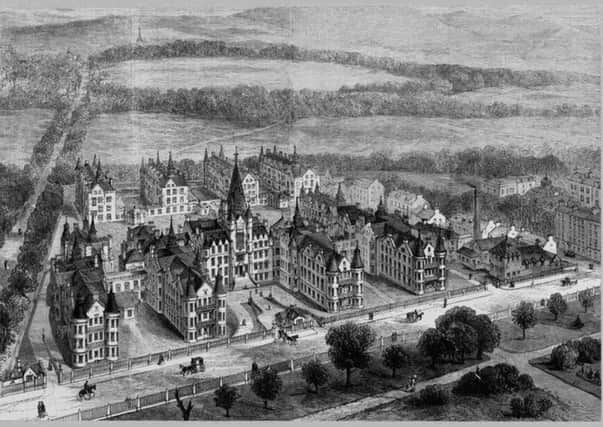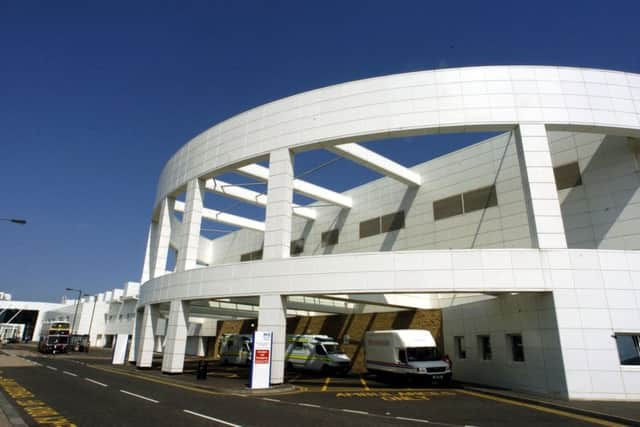Lost Edinburgh: The Royal Infirmary
This article contains affiliate links. We may earn a small commission on items purchased through this article, but that does not affect our editorial judgement.


Edinburgh’s first public infirmary opened in August 1729 after an appeal for funds by the Royal College of Physicians to set up a charitable institution to aid the city’s sick poor. The infirmary was located in a small house at the head of Robertson’s Close above the Cowgate and had just four beds.
Conditions within Scotland’s very first voluntary hospital would have been undesirable compared to the high standards we take for granted today, but the infirmary’s inception was vital for a city which was fast becoming the centre of the Scottish Enlightenment.
Royal Infirmary


Advertisement
Hide AdIn 1736 a Royal Charter was granted and construction began on a new purpose-built hospital designed by William Adam. The Royal Infirmary, located at High School Yards (near what would later become Infirmary Street), opened in 1741 and provided a total of 228 beds plus 12 cells at basement level ‘for the mentally ill’.
Edinburgh finally had a suitable infirmary to support its rapidly growing population of over 50,000. The creation of South Bridge in 1785 saw the removal of the original hospital building on Robertson’s Close.
During the mid-1800s, the first operations to use chloroform were performed at the Royal Infirmary. The revolutionary anaesthetic was discovered in 1847 by legendary Edinburgh-based obstetrician James Young Simpson.
Lauriston Place
By the 1860s, despite having expanded to occupy most of the land around present-day Infirmary Street up to Drummond Street, the 100-year-old infirmary and its unsanitary environs were no longer fit for purpose. Impressive plans for a new hospital were drawn up by city architect David Bryce in 1872 on a large ‘clean air site’ between Lauriston Place and the Meadows.
The new Royal Infirmary of Edinburgh, built in a distinctive Scots Baronnial style with a striking clock tower above its middle entrance, eventually opened in 1879 and was soon regarded as one of the finest medical institutions in Britain. The hospital, able to serve up to 600 patients, cost £340,000 - funded by numerous benefactors. Extensive lists of these donors were displayed on the walls of the hospital’s many marble-floored corridors.
The infirmary’s 18th century predecessor was demolished in 1884, though the old surgical wing remains on Drummond Street today.
Little France
Advertisement
Hide AdAfter 124 years the hospital on Lauriston Place was closed for good in 2003 and replaced by a new state of the art Royal Infirmary at Little France. Located close to the city bypass, the £184m hospital could now serve a much wider area than was previously possible. The Simpson Centre for Reproductive Health includes the city’s main maternity unit. Its name ensures that the early efforts of James Young Simpson, to provide adequate pain relief for patients undergoing surgical procedures and mothers during childbirth, continue to be recognised.
The remaining buildings from the Royal Infirmary on Lauriston Place have been incorporated into a new £350m luxury housing and office development named Quartermile.